The Met’s new fashion exhibit cedes to internet culture
Inspiration for the Metropolitan Museum’s newest fashion exhibition supposedly came from the colorful 19th-century quilt referenced at the opening of the American-themed show by curator Andrew Bolton. Indeed, Adeline Harris Sears’ incredible showcase of 360 autographs sewn in a tumble-block pattern deserves a bigger spotlight. But walking through In America: A Lexicon of Fashion, which opens in New York on Sept. 18, it’s hard to shake the feeling that its curators were actually influenced by a more contemporary patchwork, one that lives on their mobile phones.
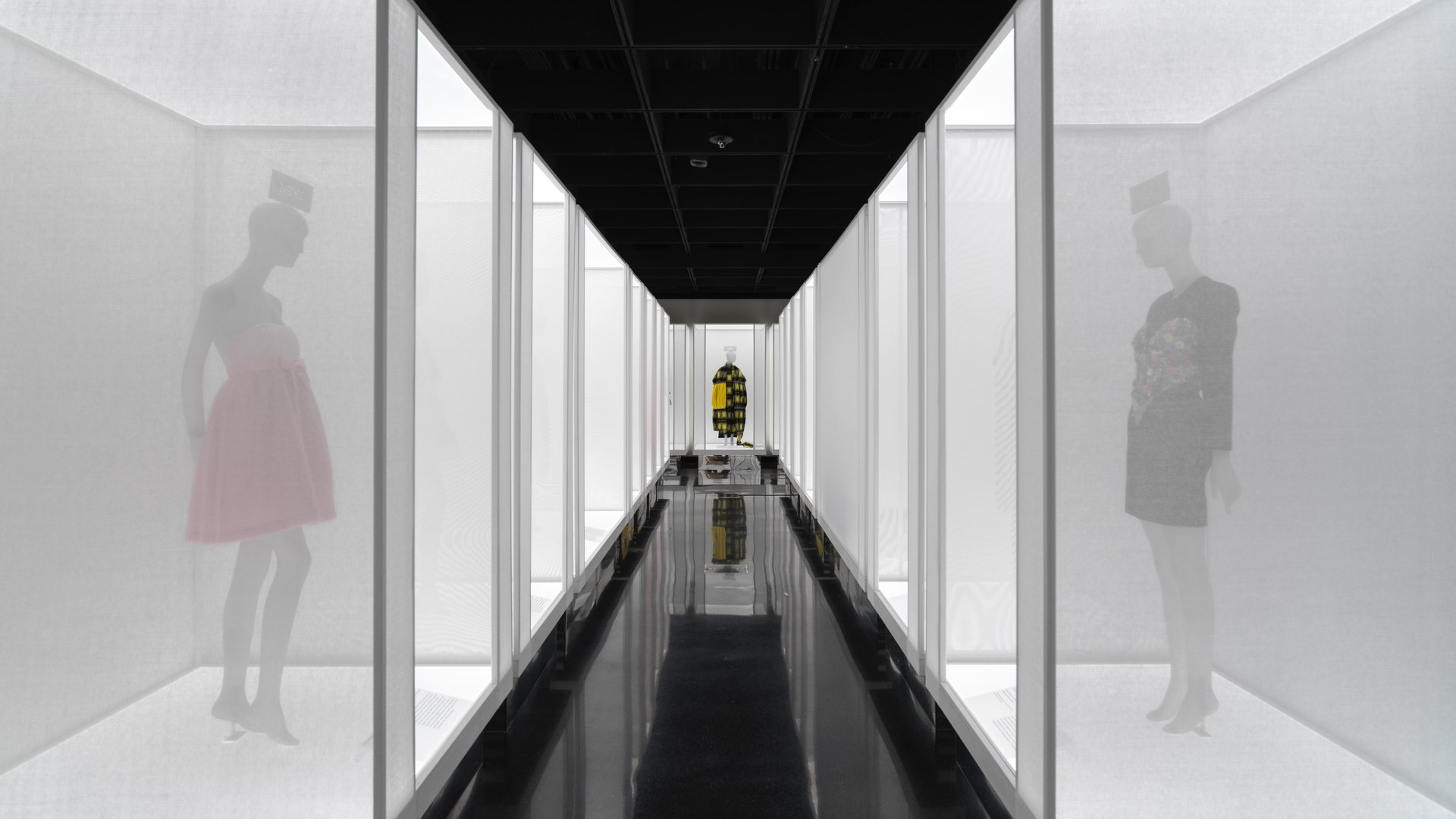

Inspiration for the Metropolitan Museum’s newest fashion exhibition supposedly came from the colorful 19th-century quilt referenced at the opening of the American-themed show by curator Andrew Bolton. Indeed, Adeline Harris Sears’ incredible showcase of 360 autographs sewn in a tumble-block pattern deserves a bigger spotlight. But walking through In America: A Lexicon of Fashion, which opens in New York on Sept. 18, it’s hard to shake the feeling that its curators were actually influenced by a more contemporary patchwork, one that lives on their mobile phones.
Instagram, which is the corporate sponsor for the Costume Institute’s exhibit and gala, has more than 1 billion users, who regularly make #fashion one of the top five hashtags used on the app each day. The Facebook-owned social media platform seems to have seeped into the concept and curation of the year-long show.
Consider the exhibition’s production design: Each garment is encased in a frame and captioned with a single word “bubble,” as Bolton calls them, floating above the mannequin’s head. For instance, the word “sweetness” is associated with Isaac Mizrahi’s candy pink gown; “closeness” is attached to Bstroy’s twined sweatshirts; and “realness” captions a leather jacket stamped with Louis Vuitton’s monogram by the haberdasher Dapper Dan. They’re oddly reminiscent of the type of Instagram story filter with phrases or questions that pop-up over the selfie-taker’s face.
With display boxes arranged in a tight maze at the museum’s basement-level gallery, the show feels purposely designed for a quick scan or scroll through, discouraging visitors from lingering for more than a few seconds—especially during a time when we’re conditioned for social distancing.
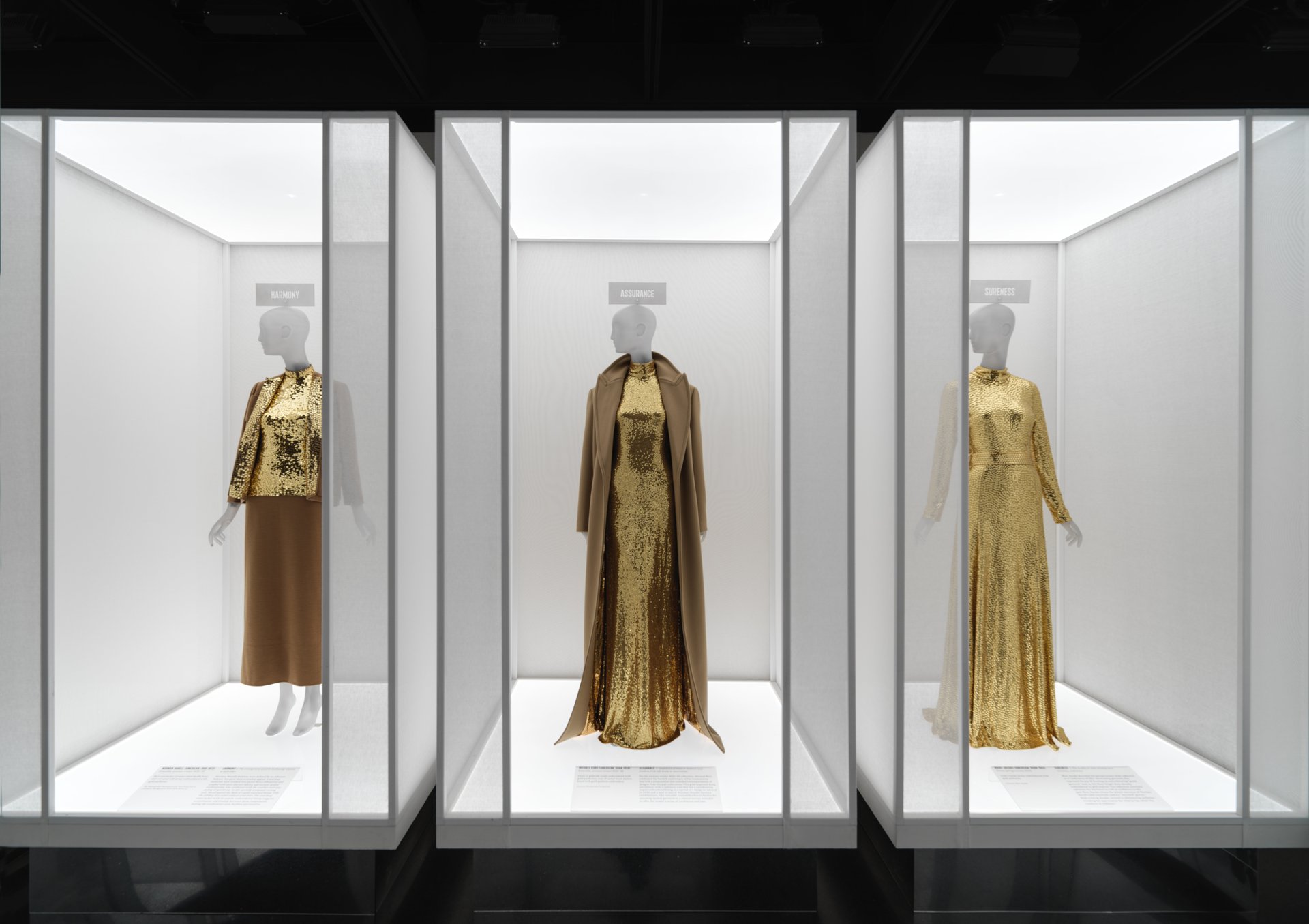
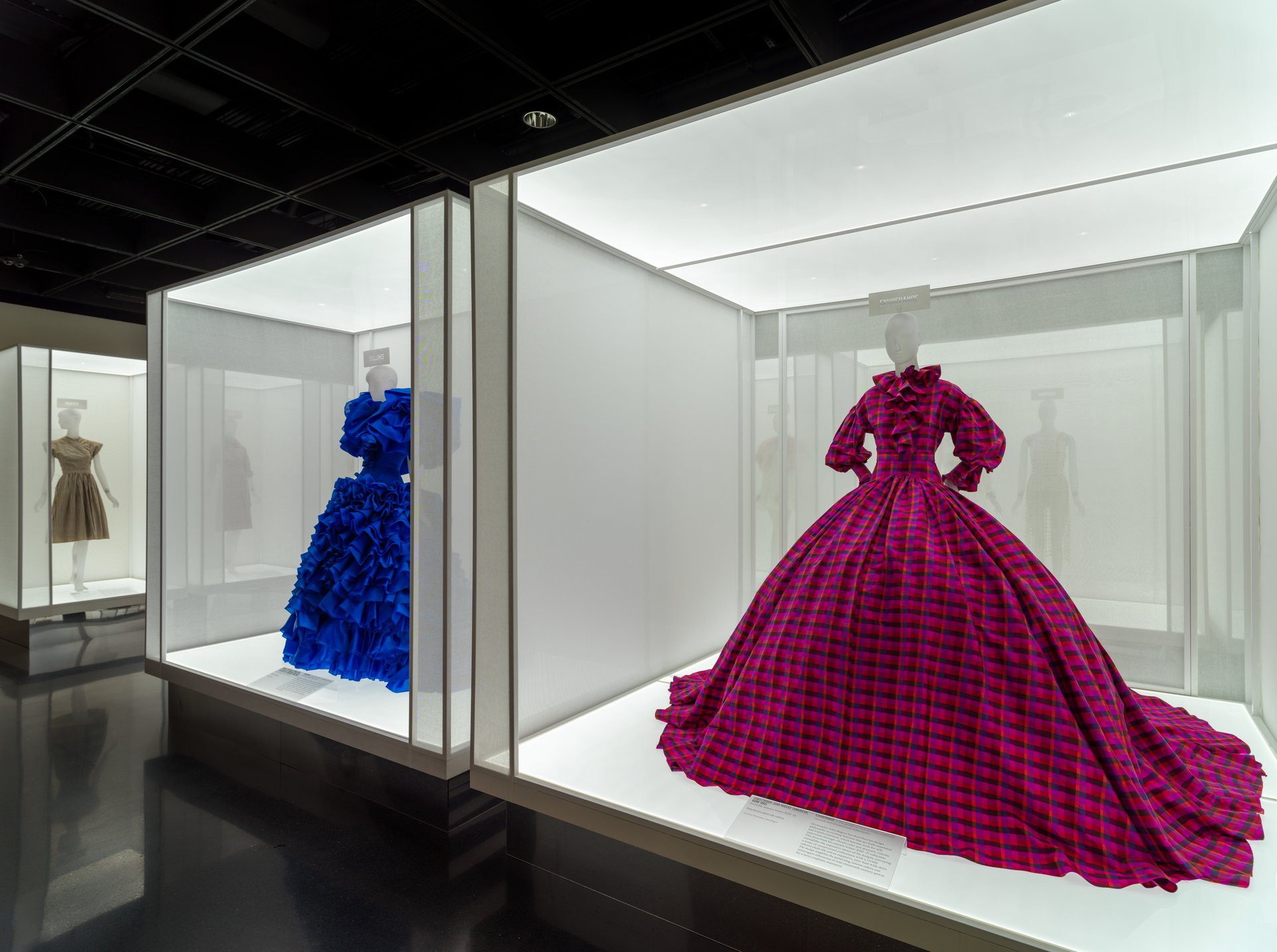
A “living exhibition” of fashion at the Met
Perhaps the Met’s most noteworthy nod to internet culture lies in its new curatorial approach.
Much like an online article, or a document shared in the cloud, the exhibition will be updated in real time. The museum says it intends to swap out several of the 100 featured objects during the run of the show.
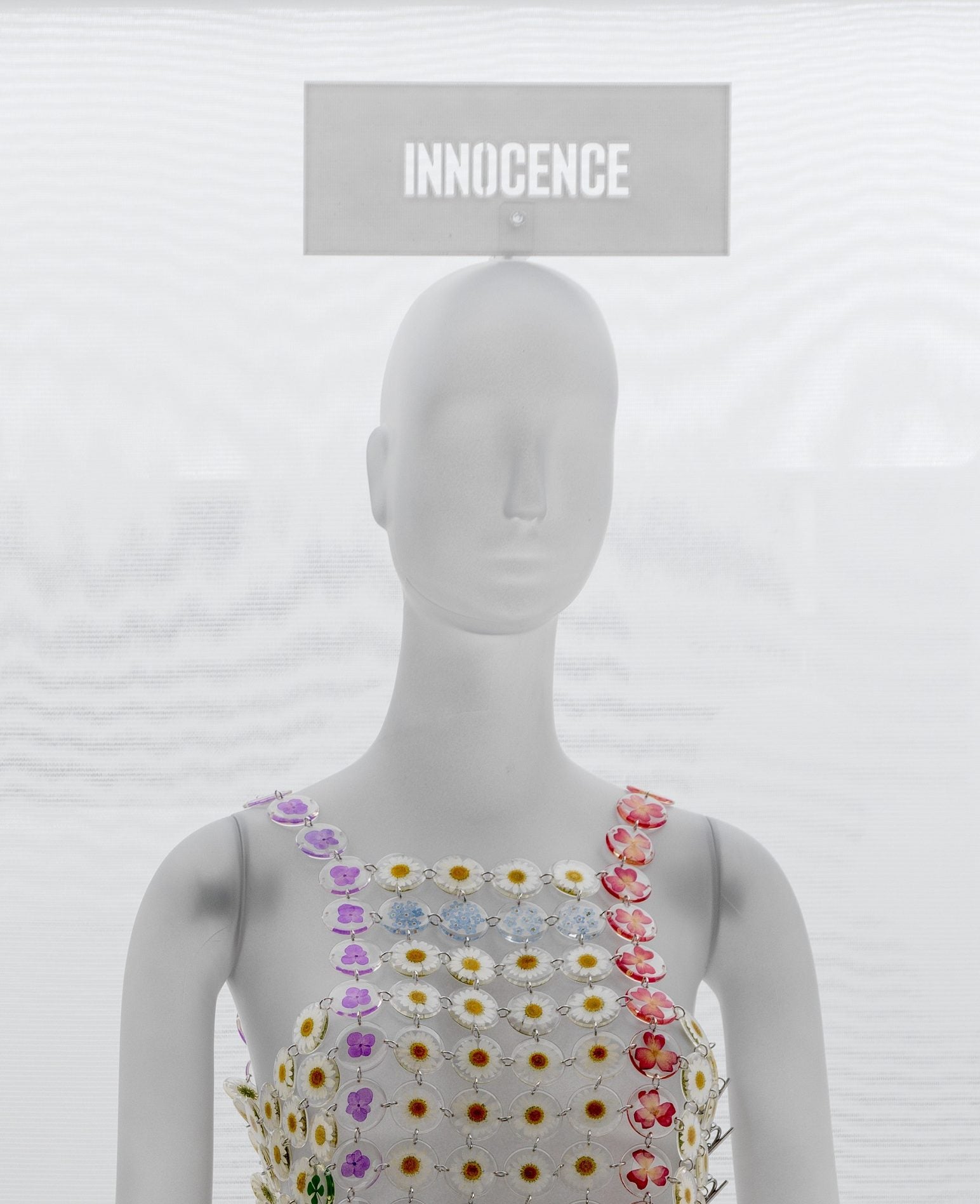
The updates will happen “organically,” Bolton said, without elaborating about when or how the museum will make changes. At the Sept. 13 press preview, Bolton, the curator-in-charge of the Costume Institute, called the show “a living exhibition,” that will “reflect the vitality and diversity of American fashion.”
“Our intention is for this vocabulary to expand to a more comprehensive dictionary, as visitors engage with the garments and react with their own emotional connections,” he said.
The egalitarian spirit behind a “living exhibition” sounds benign but it signals a radical shift in a curator’s role. Traditionally, we look to these discerning experts to assemble thought-provoking exhibitions that stretch culture and deepen and challenge our understanding about contemporary matters. Whether they make the right choices is always up for debate, but rarely do they get to change their minds and swap out items during the show, as the Met intends to do.
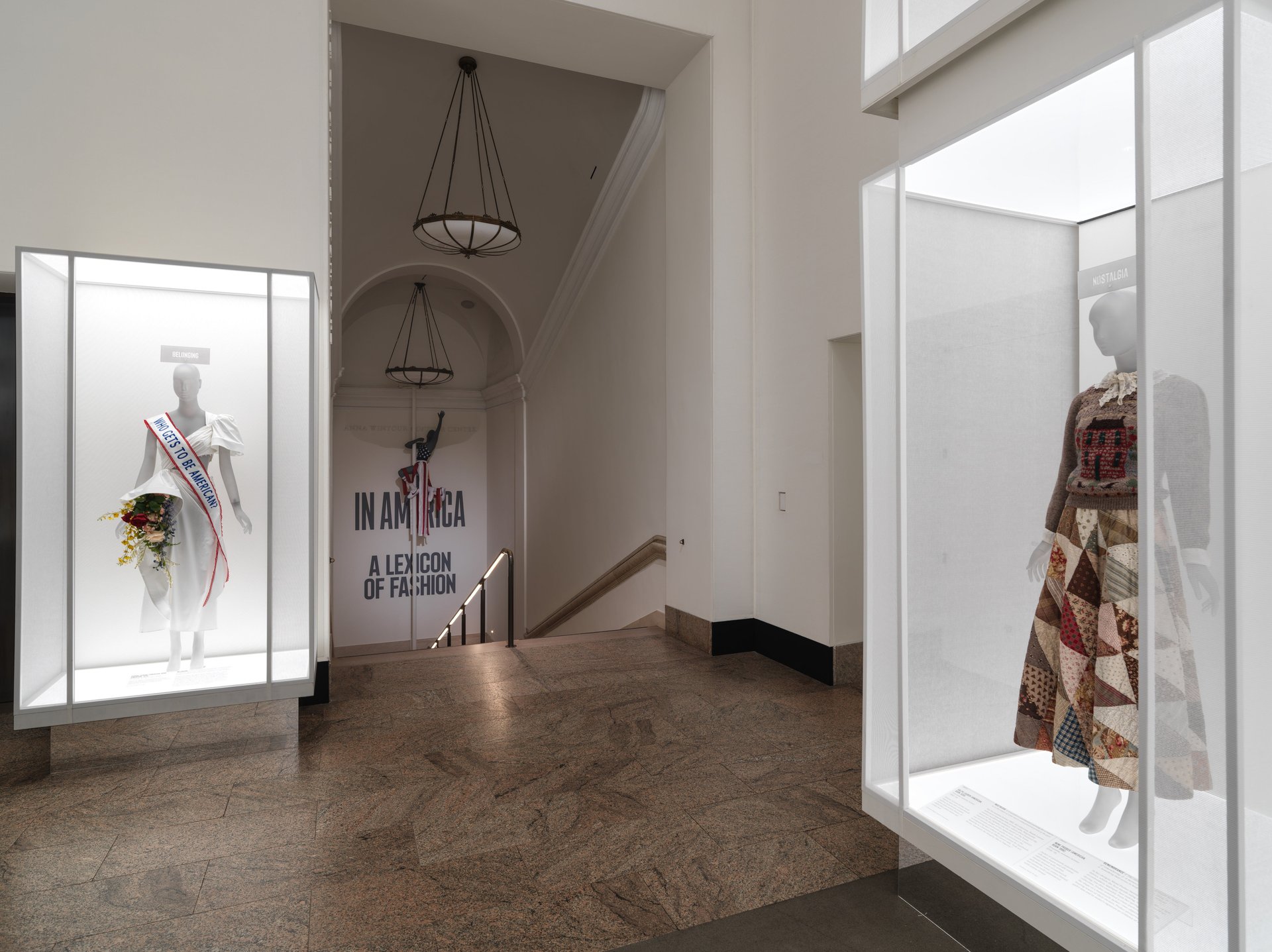
Announcing a slate of changes ahead of time also gives the museum some berth to address impending controversies. The Costume Institute has been previously criticized for the lack of representation of Black and female designers in its collection. Already, some activists are bristling over the fact that not enough indigenous American designers are in this year’s survey.
The Met’s big tech sponsors
Instagram isn’t the Met’s first big tech sponsor. Amazon was the major sponsor of the Costume Institute’s Schiaparelli and Prada in 2012 and Apple sponsored two shows, Manus x Machina in 2015 and Rei Kawakubo/Comme des Garçons in 2017. Instagram’s investment in an exhibition that seeks to codify American fashion reflects an interest in cementing the app’s reputation as the defining force in the industry and in visual culture at large.